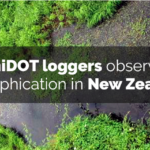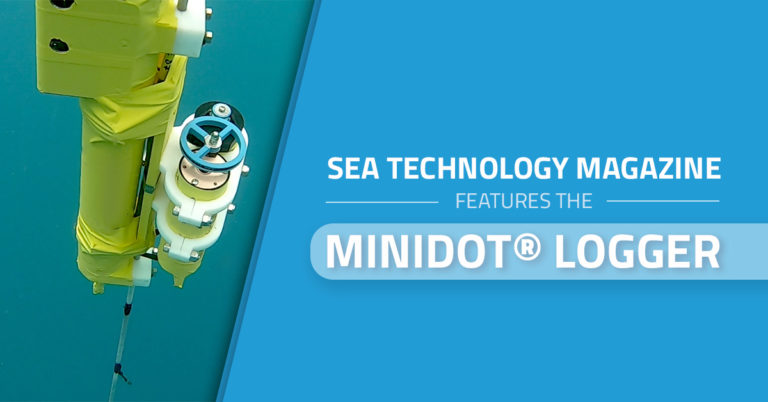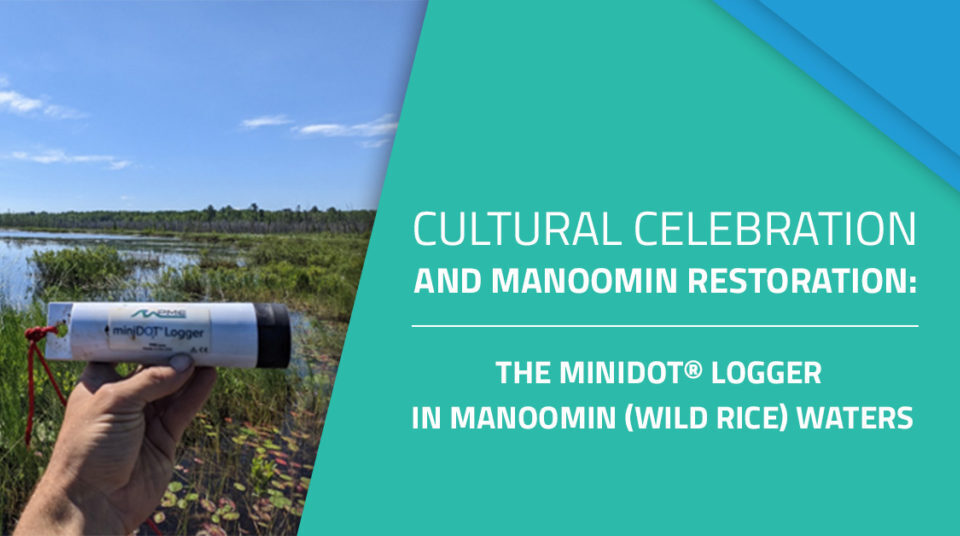
The Intimate Tie Between the Ocean and Your Health
February 23, 2018
miniDOT Loggers Observing Eutrophication in New Zealand
April 15, 2018When the news of a hurricane hits the headlines, like it did so many times this past year, individuals begin rushing around prepping to evacuate or to batten down the hatches to weather out the storm. But not the crews from U.S. Geological Survey. In prepping for a storm, these crews aren’t making a last minute run to the store for supplies, they’re busy deploying storm-tide sensors.
Withstanding the storm surge
The projected intensity of the storm dictates when USGS decides to send out crews. The more intense the storm, the earlier teams will be sent out to install the storm-tide sensors, which were conveniently made for quick installation under the time crunch of a storm surge.
Storm surges happen when extreme weather conditions cause the water levels to rise. As we saw during the most recent hurricane season, these surges are detrimental to not only coastal areas but their effects reach far inland as well. The storm-tide sensors, set up by the USGS teams, are designed to measure these types of storm surges. These sensors are generally installed on structures, thought to withstand the strength of a hurricane, such as bridges and piers.
Sensors deployed in 2017
In 2017, we watched as the dark clouds gathered many times, proceeding some of the most devastating hurricanes we’ve ever seen. While many prepared, USGS crews braved the elements, quickly installing sensors to gather data on these storms.
- 14 sensors installed in Puerto Rico for Hurricane Maria
- 15 sensors installed in Texas for Hurricane Harvey
- 7 sensors installed in Connecticut for Hurricane Jose
- 7 sensors installed in Massachusetts for Hurricane Jose
- 3 sensors installed in Rhode Island for Hurricane Jose
The data gathered from these sensors will help to forecast future events and offer advice to prepare accordingly.
Measuring before and after the storm hits
By collecting water pressure data, the sensors help to monitor a number of different factors as the storm approaches, during the storm, and long after it has passed. Some of the most important conclusions drawn from the data collected is the depth and duration of the storm surge. This data is helpful in forecasting how storms will impact coastal areas in the future.
Through the use of a different device, streamgages, USGS has the capability to deliver data on the flooding that follows the storm. Streamgages are more commonly used to monitor water use, droughts, and floods. But after a hurricane, the information collected becomes increasingly important to predicting the future flood patterns of a given area. These devices are generally placed further inland in rivers and streams.
All together, these sensors can provide a better understanding of hurricanes and other tropical storms to better prepare for the future. Benefits of the data provided span much further than just the science community; also providing assistance in improving structural design and supporting first responders in their work.
Data collection helps predict effects of future storms
Measuring storm surges as well as the flooding that follows are crucial to forecasting the impact of future hurricanes, but what else could be measured to improve prediction? PME has a number of sensors often used to monitor the water quality conditions after a storm has passed.
These storms can bring in lots of water to a catchment area, therefore, possibly washing downstream a variety of nutrients such as pollution, farm land waste, debris, and other items. These nutrients can strengthen and produce algal blooms, which can upset natural ecosystems. PME sensors used to monitor these types of situations include the Cyclops-7 Turbidity loggers, and the miniDOT® oxygen Loggers.






